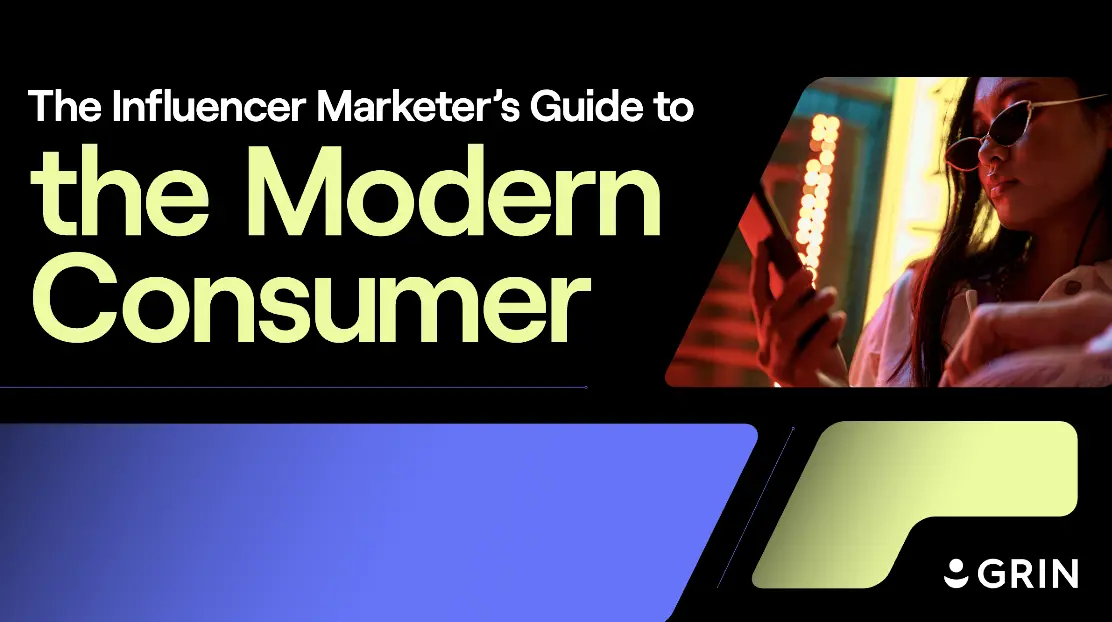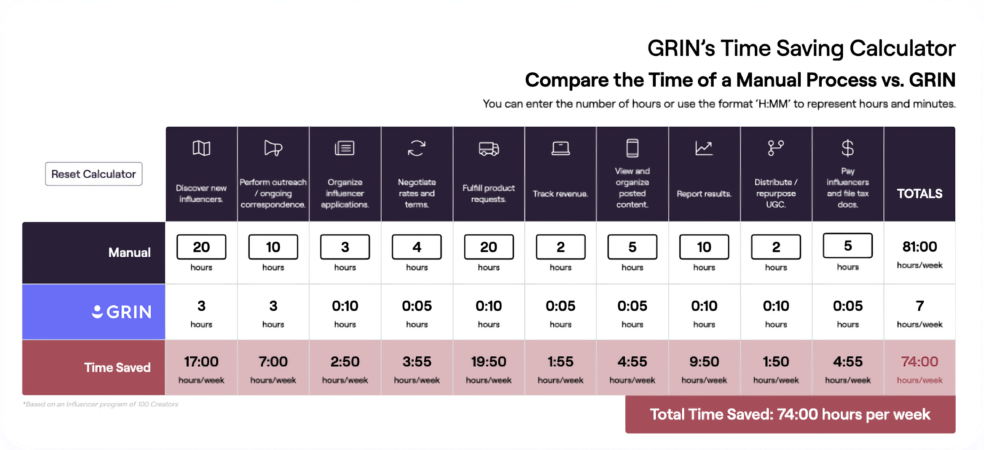The holiday season places unusual demands on ecommerce. Standing in line for brick-and-mortar Black Friday sales is losing its allure – especially now that direct-to-consumer brands are learning to master the online shopping experience.
Year after year, consumers seem determined to plan ahead farther than they had the year before. DTC holiday marketing now fully embodies the western proverb, “The early bird catches the worm.”
“Number one – start early! So please, those listening today, if you’ve not already started your Black Friday, Cyber Monday holiday season campaigns, stop what you’re doing and start, because your customers are getting online early.”
– Shopify’s Steve Hutt on GRIN’s Get Real Podcast, Holiday Season Strategy for Ecommerce
Planning ahead for holiday shopping doesn’t always mean that you should release holiday sales earlier than last year. But it definitely means looking ahead, examining your customer data, and watching consumer trends to build an ecommerce strategy with time to spare.
Still, the holiday season is such a critical time for your brand that starting late is better than not starting at all. Using this quick guide, you can create a reliable holiday digital strategy and improve upon it each year.
Ecommerce is king for the holidays
Consumer spending habits were already favoring online shopping before COVID-19. Stay-at-home orders have increased ecommerce use among consumers, so much so that leading brands like Amazon quickly ran out of stock.
“Black Friday isn’t just a brick-and-mortar affair anymore. Ecommerce rang up $8.9 billion on Black Friday alone in 2021, with the total number of holiday ecommerce sales topping $206.88 billion. Last year’s online holiday sales record was more than double the amount of ecommerce holiday sales reported in 2016.”
“Discover Black Friday Buying Trends This Holiday Season” – GRIN
Many DTC brands have increased during 2020. Brands and consumers are finding one another online, and thanks to aggressive mobile marketing advancements in the ecommerce space, the online shopping experience has never been better.
“[The summer months of 2020] have really pushed ecommerce adoption 10 years into the future. We’re actually at 2030 levels from where we believed ecommerce was going to grow because of the pandemic.”
– Shopify’s Steve Hutt on GRIN’s Get Real Podcast, Holiday Season Strategy for Ecommerce
In the light of these recent developments, economists looking to a post-COVID future see no way around continued retail ecommerce domination.
Online shopping offers consumers greater convenience, more selection, and even social integration. Lifestyle experts and brand ambassadors are leveraging social media and affiliate/influencer partnerships to help consumers find the best holiday buys. And rather than commuting to storefronts, shoppers can manage holiday wish lists and shopping from the palm of their hand.
Best practices to optimize your ecommerce shop
In the “Best Ecommerce Digital Strategies for the Holidays” episode from GRIN’s Get Real podcast, Katya Allison (GRIN’s Director of Marketing Content) and Steve Hutt (Shopify’s Merchant Success Manager) discussed how DTC brands can make the most of the holiday season.
In this conversation, four trends emerged that can guide you as you refine your holiday marketing strategy:
- Create a mobile-friendly site.
- Offer easy payment.
- Feature your sales.
- Build the best user experience.
Create a mobile-friendly site.
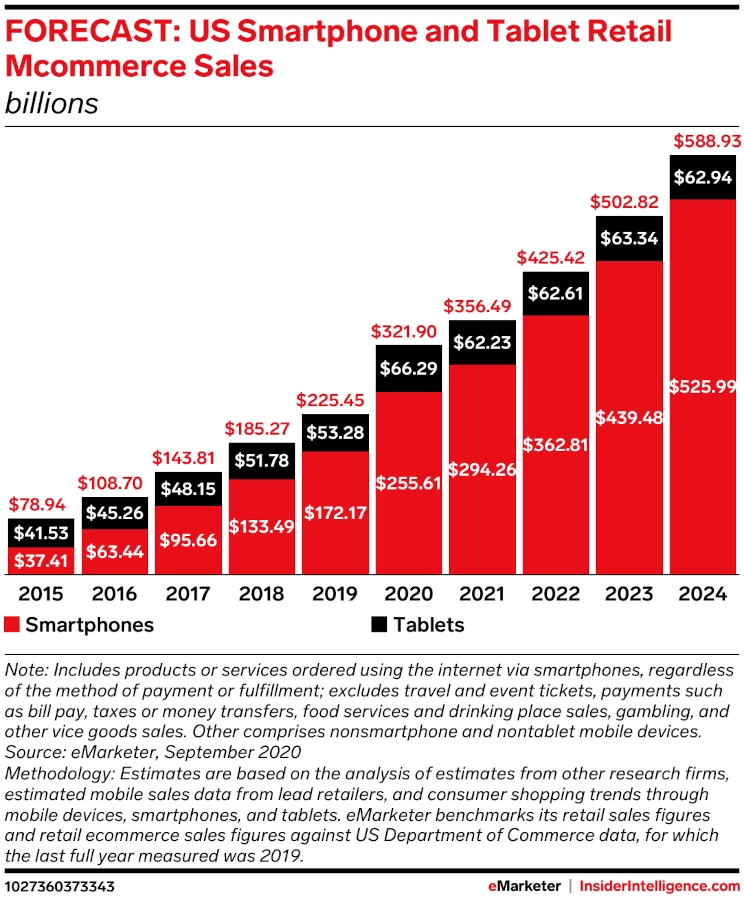
Consumer expectations demand mobile usability. Your website must perform optimally on smartphone browsers or apps to appeal to today’s shoppers.
Being mobile-friendly doesn’t just make consumers happier – it also makes it easier for you to expand your online presence and optimize your sales process. Advances in social commerce, for example, allows seamless integration between your mobile-friendly website and consumers, brand ambassadors, or influencers that love your products and want to give you a shoutout.
Mobile-friendly websites allow shoppers to browse your inventory without having to sit in front of their computers. Consumers can shop while lounging around the house, waiting in line, or on work breaks.
Offer easy payment.
If consumers are ready to buy, then it is a good idea to make the transaction process easier. Easy payments include accepting all major credit cards, integrating with PayPal, or including finance options.
Using a POS system that offers loyalty programs both rewards repeat customers and provides them more opportunities to buy. Allowing holiday gifters to send ecards to friends and family can further simplify the transaction process for ongoing purchases.
Feature your sales.
On your home page, social media, email, SMS, and paid ads, push your sales to the forefront. For most ecommerce brands, holiday sales attract new customers and help you move inventory. Regardless of how large or small your sale, make sure to show off your holiday promotions frequently.
Build the best user experience.
Consumer-centric design and marketing can help you connect better with your audience, drive sales, and nurture long-term customer loyalty. Here are three UX design concepts to keep in mind.
Establish Clear CTAs.
Good calls to action are clear and concise. CTAs guide buyers toward next steps and keep the sales process moving along. They also help consumers know what to expect when they engage your brand online.
Not every CTA needs to be “Buy Now.” Some of the best CTAs are “Click Here to Learn More” or “Shop Now.” You can also entice shoppers to accept a CTA in exchange for an exclusive discount.
On your website, make sure that there are obvious buttons to add items to a cart and to checkout. These features will ensure that you don’t lose sales.
Program minimal clicks to purchase.
Great UX design means simplifying the online shopping process. Taking advantage of tools like Shoppable Ads and S-commerce features allows shoppers to accomplish more in a single click. Consumers will appreciate both the convenience and seamlessness of having to make fewer clicks to complete their holiday purchase.
Establish a clear customer journey on your website.
You should be able to shop on a website and see a clear path from browsing products to completing a purchase. That’s why many ecommerce brands invest in website testers – they want to make sure that their customers can navigate the site easily and even find the process enjoyable.
5 of the best ecommerce digital strategies for the holidays
Keeping the above best practices in mind, here are five strategies that are achieving great results this holiday season.
1. Make your campaigns interactive on social media
Social media is welcoming brands and products through influencer campaigns and user-generated content. It’s not just influencers sharing their favorite brands – friends and family are using social media for gift inspiration and recommendations.
Social media is also a fantastic way to encourage user-generated content through branded hashtags and authentic engagement.
Brand doing it right: Casper Sleep Channel
Casper utilizes several social media techniques for each of their campaigns. But one approach that consumers love is Casper’s cross-channel integration. To promote great sleep through more than just their products, Casper created playlists on Spotify and YouTube.
Consumers could tune in to these playlists and share them on their newsfeeds. Casper’s social media strategy created widespread participation and brand awareness.
2. Create holiday virtual events
There is enormous potential for virtual events during the holidays. Thanks to social media live streaming and recreational video conferencing apps like Houseparty, brands can promote consumers coming together to enjoy products that they enjoy.
From virtual wine tastings to caroling to live performances from musical guests, brands can invest their marketing dollars to help consumers engage more of their senses in these experiential campaigns.
Brand doing it right: Naked Marshmallow Co
We’re not entirely sure if the brand instigated this idea, but Naked Marshmallow Co customers are having virtual marshmallow roasting parties. The brand’s house-safe marshmallow toasters allow friends and family to stay home and enjoy their marshmallow roasting kits in person or from a screen.
3. Employ native advertising
Native advertising is paid media that doesn’t look or feel like advertising. Often, these ads weave into social media newsfeeds or merge products with online publication journalism. This approach is great for brands with a strong writer on their staff, as seen in the example below.
Brand doing it right:
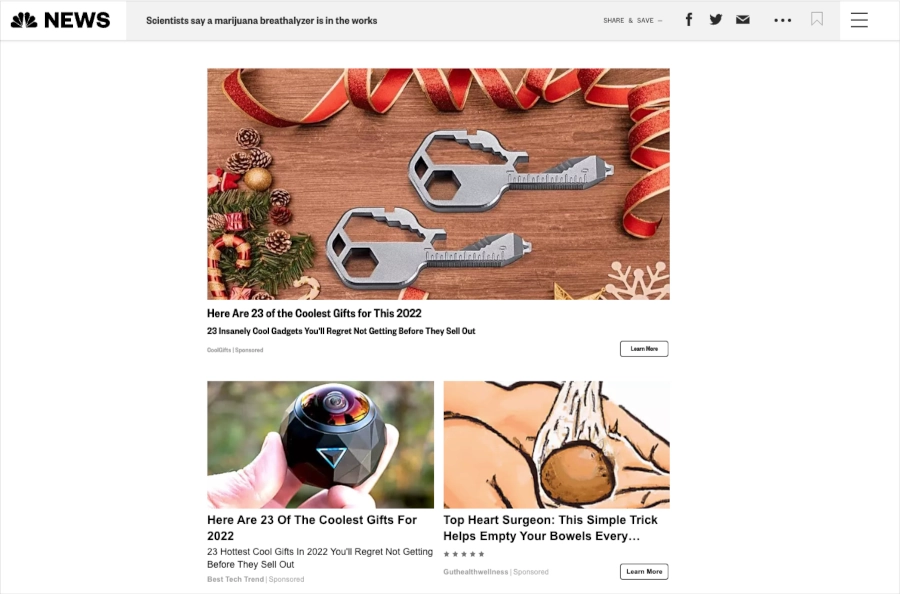
Paypal frequently engages in native advertising on places like Forbes. The ad below is embedded in a standard journalism piece. Even though the ad bears the “promoted” tagline at the top, the ad is actually a link to an article.
The sponsored article features Paypal and is ultimately a Paypal-created article placed as a native ad on Forbes.com.
4. Shake up your influencer game.
If you’ve primarily used nano or micro influencers, consider adding a Macro influencer to your team. Or if you’ve primarily used influencers with more than 100,000 followers, think about adding a few brand ambassadors. You can also experiment with a few one-off influencer campaigns.
Adding variety to your influencer team will open up new audiences and allow you to try new things. If you track performance carefully, you’ll gain new insights on your audience segments.
Brand doing it right: Lume Cube
Audrey Van Vark from Lume Cube noted that she frequently uses different kinds of influencers to achieve different marketing goals. Because the holidays open unique opportunities not typically seen throughout the year, Lume Cube will use a healthy mix of influencer types to achieve different marketing KPIs.
5. Leverage video and live video for your campaigns.
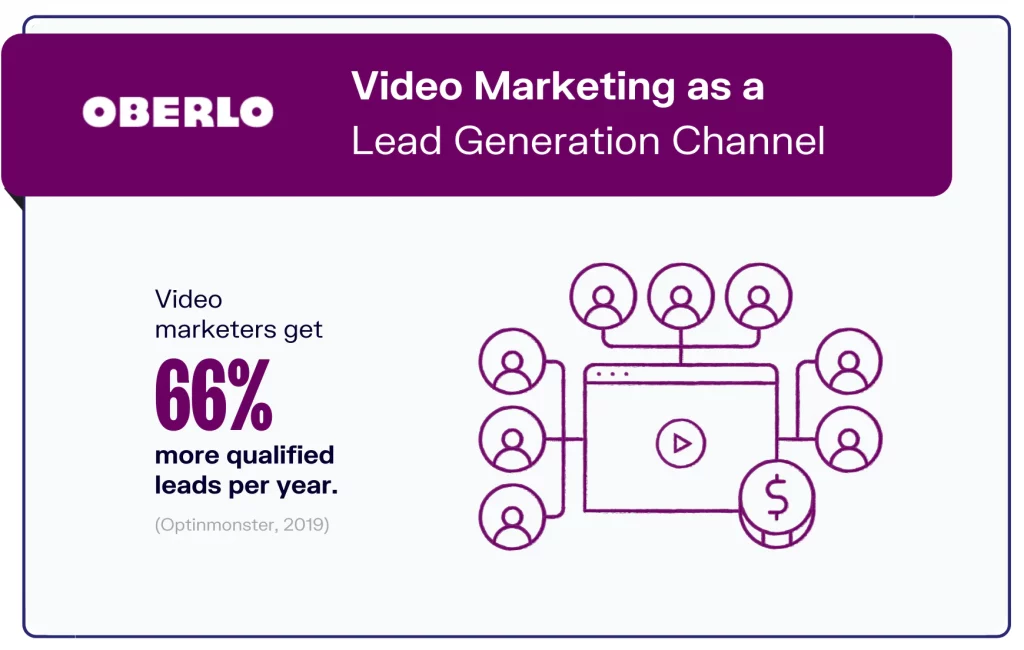
Not only do most social media users find video more compelling than images or written content, but social channels are adding new video and live streaming features. The holiday season is a great time to boost your video activity online through all of the leading social channels, including YouTube, Instagram, Facebook, and TikTok.
Brand doing it right: Myprotein
Behind the scenes live streams nurture deeper connections between consumers and their favorite brands. Myprotein decided to live stream the company’s birthday celebration. The video event featured employee interviews and product giveaways for virtual guests. Myprotein also hosts live home workout events for its customers and ambassadors.
Conclusion: Share the joy and ramp up your revenue this holiday season.
The holidays generally mean more work for ecommerce marketers, but it’s also a time to have fun with your consumers. As more holiday shoppers want to avoid the store crowds, they are using their mobile devices to start their holiday gift planning early. The tips above will help you get ahead this year and every year thereafter.






